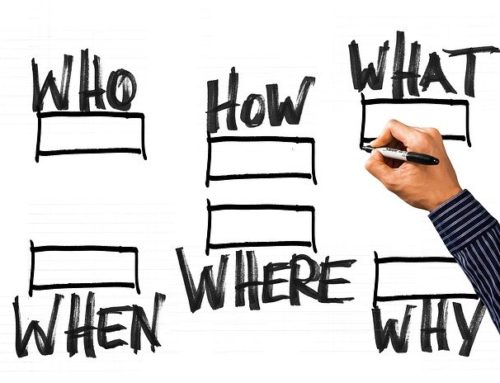The process of filing for Social Security Disability Insurance (SSDI) has never been easy to get through. The program requirements are complicated, like most bureaucratic language, and filing while suffering from a disability adds extra layers.
Additionally, the timing of disability and retirement benefits is difficult to understand. Both SSDI and SSI share a pool of funds that they draw from, but they operate differently in terms of payouts and access to services.
Currently, there’s been a jump in applications for SSDI even as medical experts struggle to understand the residual effects of COVID-19. The sudden jump in claims corresponding with workers being furloughed from economic shuttering and in response to rising medical costs.
The following lays out what to expect in delays, the application process, and what you can do in the interval.
Overwhelmed Systems
The SSI trust fund is a finite thing. It’s funding sources continue to dwindle as the number of people drawing from it continue to increase.
Current projections have indicated that full benefits will only be funded through 2034 and beyond that benefits will lowery to 76% and then continue downward.
With each economic crisis, the number of applicants goes up and the funding goes down. The expected draining point in 2007 was in the 2040s. To combat these drains, rules on when benefits can be collected and the percent decrease for each year below the cutoff have increased.
Fewer applications for SSDI are approved as the definition of disabilities narrows. These changes at one point pushed the timeline for benefit cuts to 2065.
While the system itself remains in flux, the amount of assistance it offers to those that needs it has long been underwhelming and insufficient.
Additional Applicants
The recession in 2008 produced a worrying trend in applicants nabbing benefits at 62 even as the age rose to 67. These early retirees lost as much as 25% of their benefits over a lifetime.
Less money for decades even as costs increase leaves little hope and hardly offers the security the program was designed to provide.
The current pandemic is even worse, creating enormous unemployment while also causing lasting injury. Injury that may or may not be accepted when filing for SSDI.
AARP lists the dangers of filing for SSDI and having a claim rejected. The swap from SSI to SSDI is one way and failure to provide the high standard of proof required to meet SSDI requirements could leave a retiree wholly under supported for a lifetime.
Start a Dialog
Before filing for SSI or SSDI in this trying time, contact us to learn what to expect and how to meet this high bar of proof.
Nobody should be penalized for taking actions necessary in the moment for years to come. The system is designed to help, not to stymie with fear beneficiaries who have worked their entire lives contributing. We’re here to help you during these trying times.













